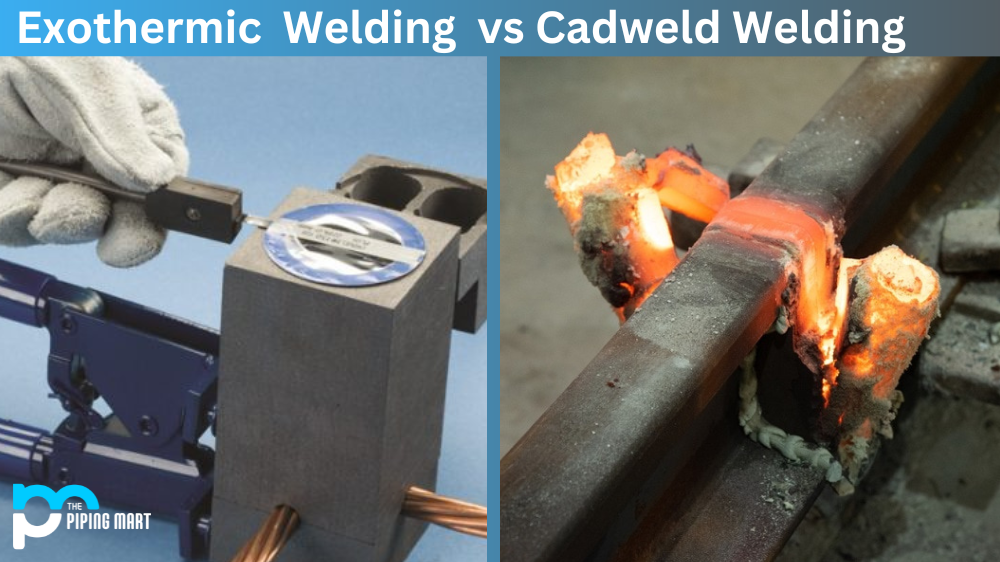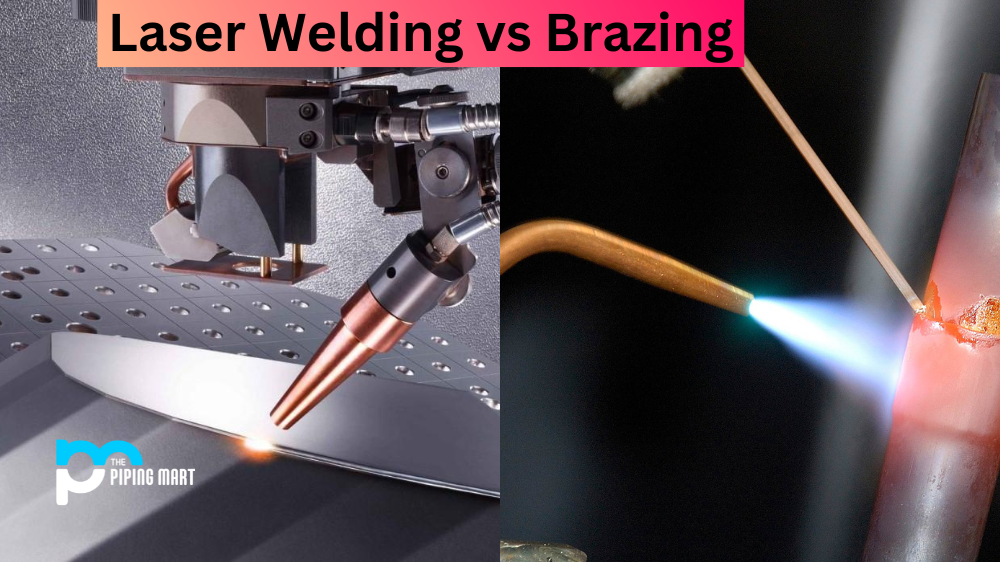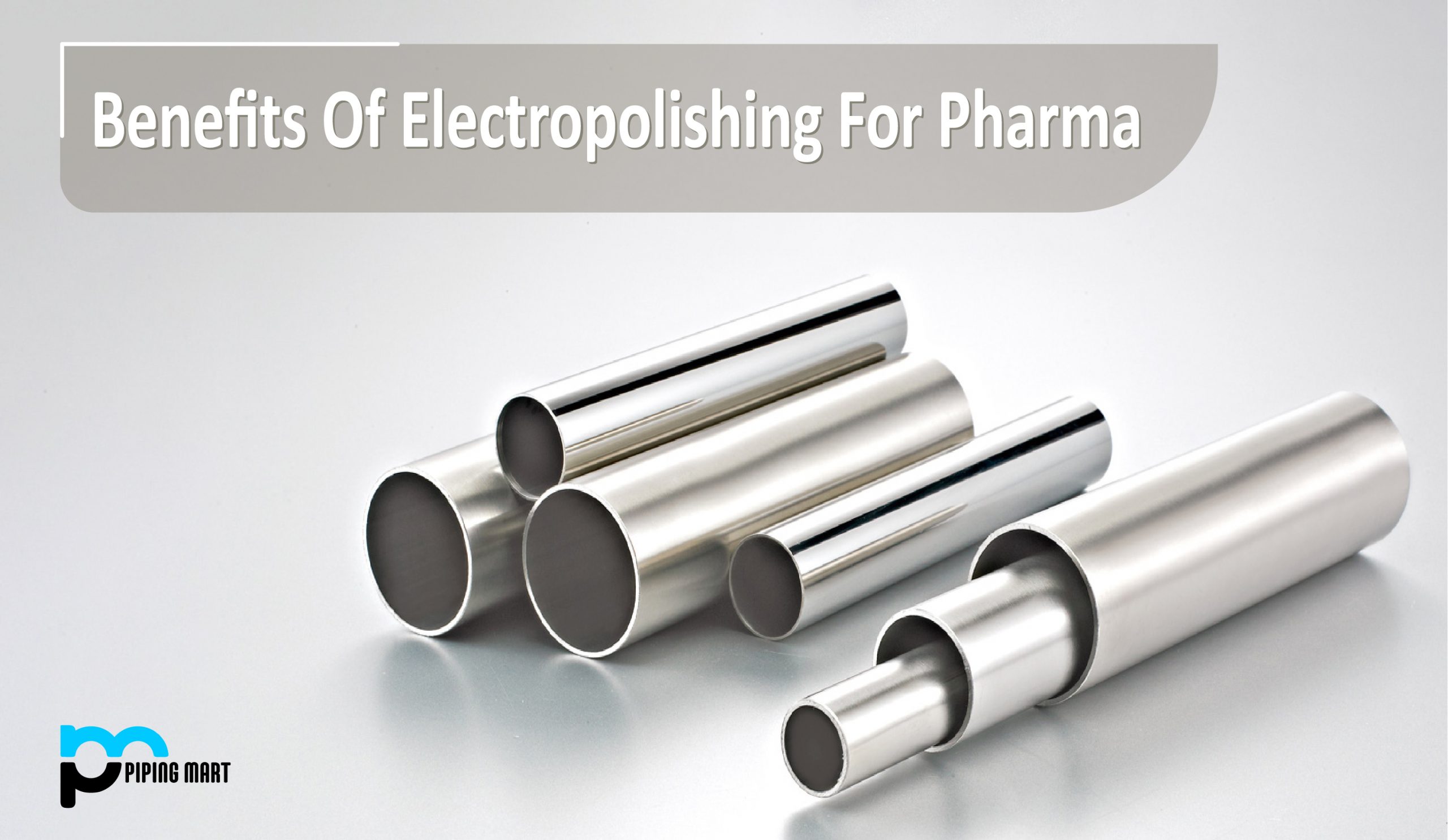Exothermic and Cad weld welding are two different ways to join metal components. Each method has its benefits and drawbacks, so it’s essential to understand the differences between them before deciding which is suitable for your project. This blog post will discuss the key differences between exothermic and Cad weld welding.
Exothermic Welding
Exothermic welding joins two metal components using a particular type called exothermic powder. When exposed to an electric current, it creates an exothermic reaction, which melts the metal components together. The advantages of exothermic welding include its fast application time, higher temperature range than other methods, and cost-effectiveness since no additional materials are needed for the process. The downside is that it can be difficult to achieve a good bond if the components do not fit perfectly together or if there is too much air in the joint.
Cad weld Welding
Cad weld welding works similarly to exothermic welding in that it uses a special type of powder, but in this case, it’s called cadmium (or cad) powder. The powder is mixed with fluxes and heated to create a molten weld pool that bonds the two metal components together when cooled down properly. The advantages of Cad weld welding include its high-strength bond and ability to weld different types of metals such as copper, aluminium, steel, brass, and more. However, there are some drawbacks, such as its slow application time compared to other methods as well as needing additional materials, such as fluxes for the process, which can add up costs over time.
Difference Between Exothermic and Cad weld Welding
Exothermic Welding
Exothermic welding, also known as chemical welding, is a welding process that uses a chemical reaction to create a strong bond between two metals. The process is commonly used for welding together copper pipes and fittings.
Cad weld Welding
Cad weld welding is a welding process that uses an electrical current to create a strong bond between two metals. The process is commonly used to weld together steel pipes and fittings.
Difference in Process
The biggest difference between exothermic and cad weld welding is the process used to create the weld. Exothermic welding uses a chemical reaction to create the weld, while cad weld welding uses an electrical current.
Difference in Cost
Exothermic welding is typically more expensive than cad weld welding due to the cost of the chemicals that are required for the process. Additionally, exothermic welds are typically less strong than cad weld welds.
Difference in Strength
Cad weld welds are typically stronger than exothermic welds due to the electrical current used to create the weld. Cad weld welds are also less likely to break than exothermic welds.
Conclusion:
In summary, exothermic and Cad weld welding have their benefits and drawbacks depending on the project you’re working on. If you need a fast application time with minimal additional materials, then exothermic welding may be best for you; however, if you need higher-strength bonds with increased versatility, Cad weld welding may be better suited for your needs. Ultimately it comes down to understanding your project requirements to determine which method will work best for you!

Meet Bhavesh, a seasoned blogger with a wealth of knowledge and experience. From metal products manufacturing to retail, Bhavesh has a diverse background in various industries and is dedicated to sharing his insights and expertise with readers.




